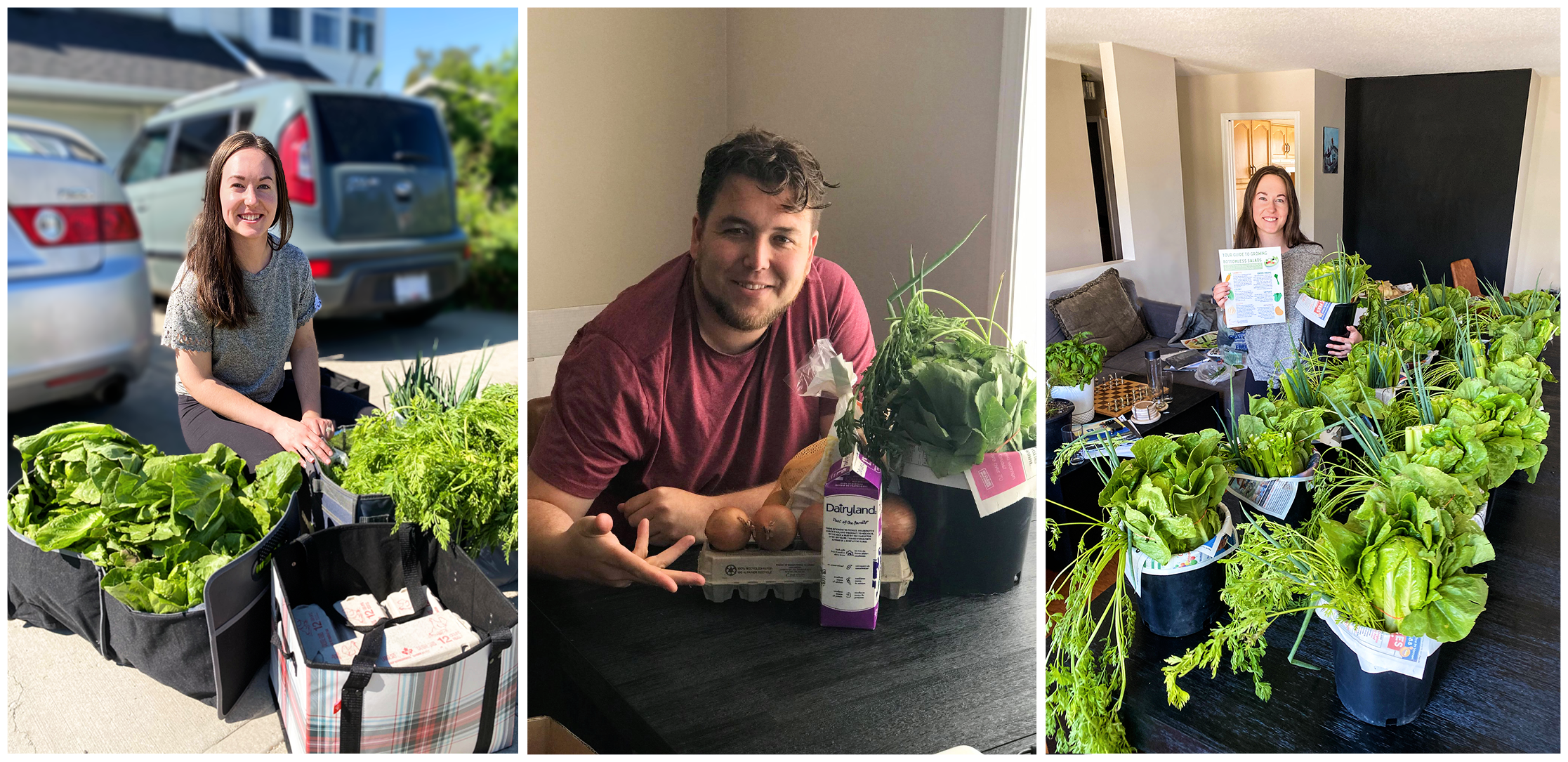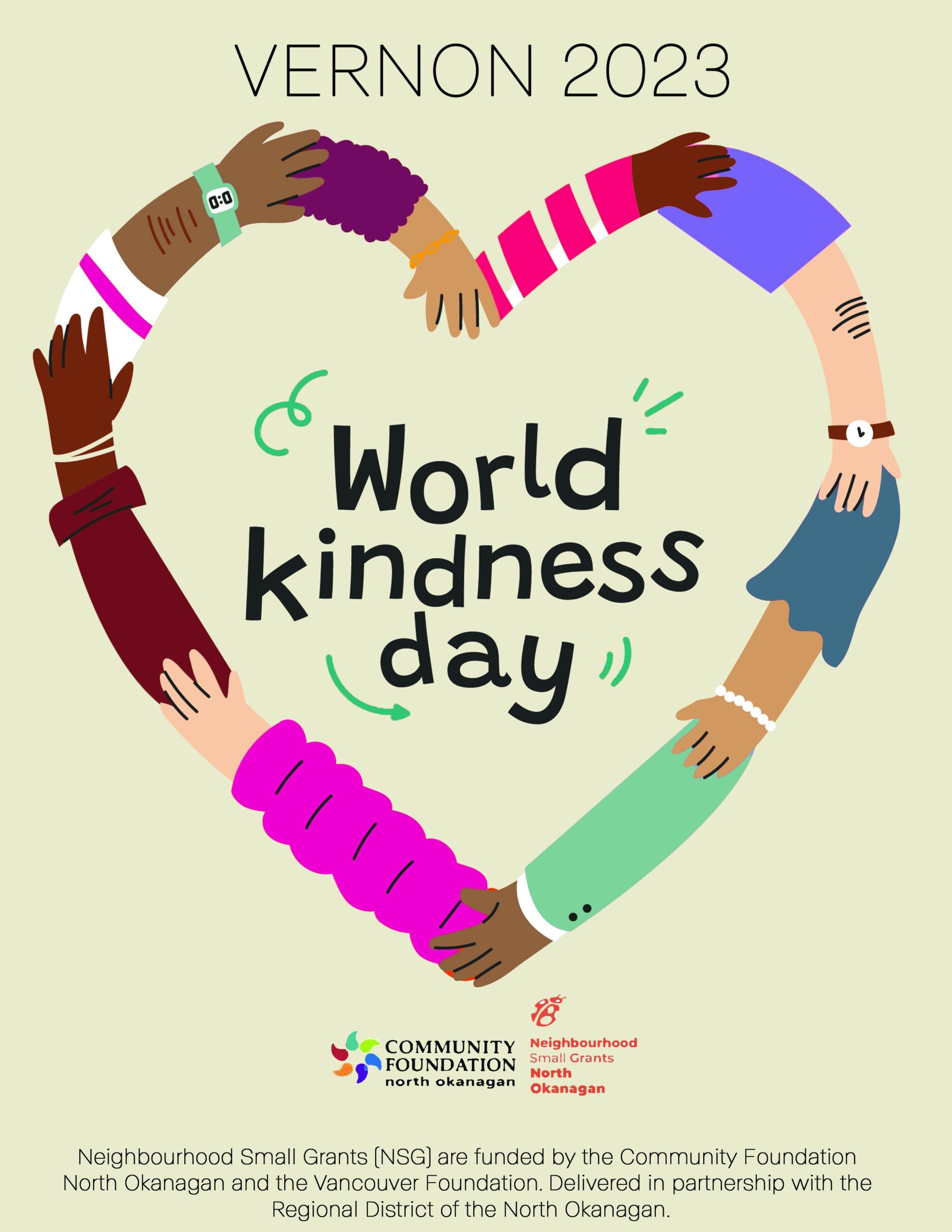Project Leader: Adrianna Stange
When we saw the opportunity to apply for the Small Neighbourhood Grant, we jumped at the chance! Over the past few months, we’ve noticed the number of women asking for help to feed their kids increasing. We do what we can and frequently open our hearts and fridges to these families, but this seemed like the perfect way to help more people. We came up with the idea to create bottomless salads, to help create a more sustainable food source instead of a bandaid fix to a larger problem. We then set out to find a way to teach families how to regrow vegetables from the scraps they would normally throw away, as well as give them some additional essentials, such as milk and eggs.
Our first step was to ask a friend, who works in marketing, to design a one page document with simple instructions on how to grow 6 different veggies: celery, lettuce, green onions, potatoes, onions, and carrots. This gave people the option to teach their kids and use it as a fun experiment on where food comes from. Once we had our one pager, we found a local greenhouse owner who donated 15 2-gallon garden pots which would hold our veggies and be used to replant afterwards.
We put out a simple post to members of a local Vernon facebook group, geared towards supporting mothers, to find 15 families who wanted to partake. Within 10 minutes, we had 15 raised hands and a waitlist twice as long as what we could manage. With our list in hand, we put together a shopping plan.
We saw two options with how we purchased food, on the one hand, our money would stretch further going to a large box store as opposed to buying local, but if we purchased from local independently owned corner stores and farmers, we would have a greater impact and help more people in our community. One Saturday morning ,we woke up with the sunrise and headed out to our local farmer’s market to buy 15 of each item so we could deliver them that afternoon. We have never had so much fun then going to family owner farm stands and buying them out of all their eggs, carrots, green onions, etc! We filled our trunk with baskets and baskets of fresh local, organic produce. Our next stop was to find what we couldn’t buy at the farmer’s market. We visited three neighbourhood, locally owned corner stores and bought 15 cartons of milk, 8 dozen eggs, and all the onions we could find. The last thing on our list was celery, potatoes, and the remaining onions, which were not ready to harvest locally at this time of year. Our final stop was to visit an independent grocery store and buy several carts worth of food.
Once we arrived home, we set out to assemble the salad kits. We lined each pot with newspapers, placed as many of the veggies as we could into the pot, tucked in the instructions to regrow the scraps, and had enough food leftover to then give each family an additional bag with their milk, eggs, onions, and potatoes. For half our families, we met at a local coffee shop and had the pleasure to meet with them and hear their stories. Some had recently fallen on hard times and others had been struggling for a while. The remaining families were unable to meet us because they didn’t have reliable transportation, so we made house calls to deliver them their groceries.
We had several people question why we were doing this or be suspicious of what they needed to do to receive the food. It’s uncommon to be offered free produce, let alone organic, locally grown vegetables and eggs delivered to their doorstep. It was an amazing experience and one we won’t soon forget. It was humbling to see the level of need in our town, but it also warmed our hearts to know how many people we could positively impact.



